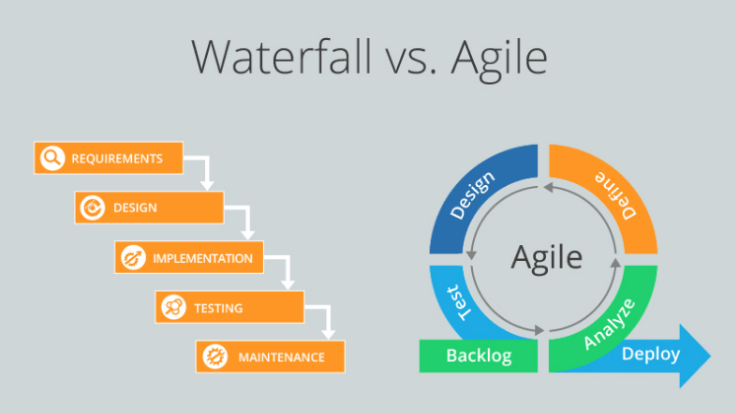Recently we introduced the concept of ‘agile’ and explained that Soft Tech has moved to this software implementation approach. It’s for good reason, because use of the agile approach makes for a faster, better aligned deployment of complex software. It also means your internal teams ‘know’ the software far more intimately than the previous method (known as the waterfall approach), where the level of engagement between you – the customer, and us, the vendor, was far less intimate.


In today’s piece, I’m going to share with you how we organized ourselves in order to deliver agile projects.
Let’s start by revisiting what agile is: a collaborative effort of self-organizing and cross-functional teams which includes customers. Agile incorporates adaptive planning, evolutionary development, early delivery, and continual improvement, with flexible responses to change.
Before agile, a typical software deployment would comprise a lead, a technical lead, one or more database developers, and one or more quality assurance consultants. The team would typically work under a project manager.
These tasks were highly specific, as in each team member is expected to know their job and do their job, with each member more or less ‘at arm’s length’.
All this changes with agile, a basic tenet of which is that anyone can do anything. This is the ‘self-organizing and cross-functional’ bit; if a database developer finishes a task early, they are expected to look up from their monitor and get stuck in assisting the quality assurance consultant or technical lead.
The upshot is that each member of the team is expected to be more versatile. He or she is expected to grow their knowledge and capabilities and in this collaborative way add further impetus to the project as a whole.


It’s easy to see the value in this. While yes, everyone is expected to learn on every project, it means more skills for the individual, and nearly everyone in our industry clearly recognizes the value of a wider capability set. And again, it benefits customers… because with more collaborative knowledge, there are more eyes on anything which might not be going to plan.
I’m pleased to report that the response to this change is enthusiastically received by our team members, for the reasons outlined above, and also because the approach greatly enhances employee engagement. People who are more engaged with a project and with each other tend to achieve greater things, because they have more skin in the game. A sense of ownership, in other words, becomes integral to each team member, rather than resting solely (more or less) with the project manager as it did in the waterfall approach.
This improved team dynamic focusses on the customer’s needs, with our people taking a truly collaborative approach to your project rather than working as siloed individuals. And, of course, with cross-functional skills, it means our capability as the operations division deploying Soft Tech V6 is continually enhanced.
In the next piece, I’ll discuss the changes customers can expect when our software is implemented with an agile approach. Until then, do get in touch with any comments or observations. We’re always at your service.
